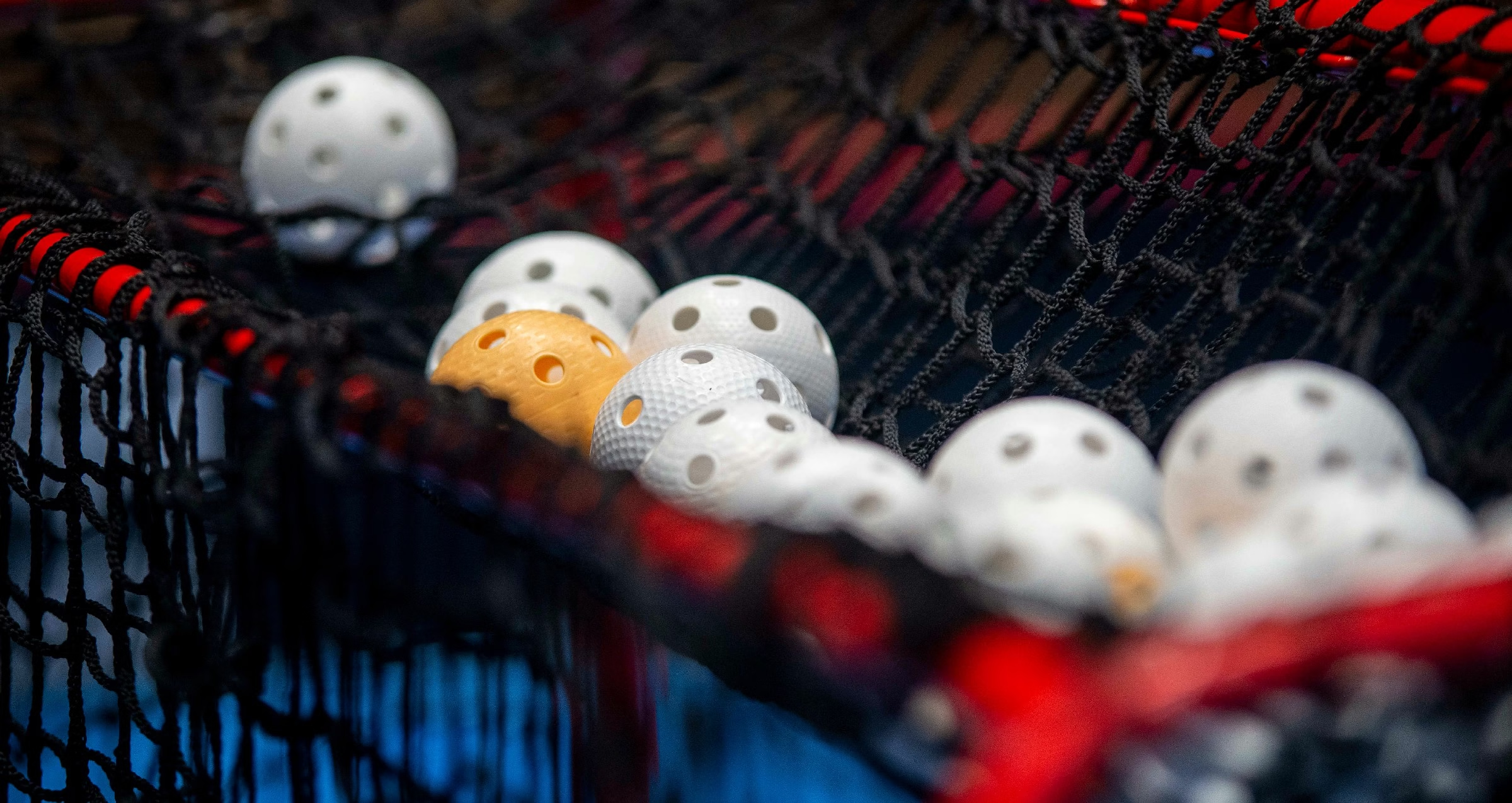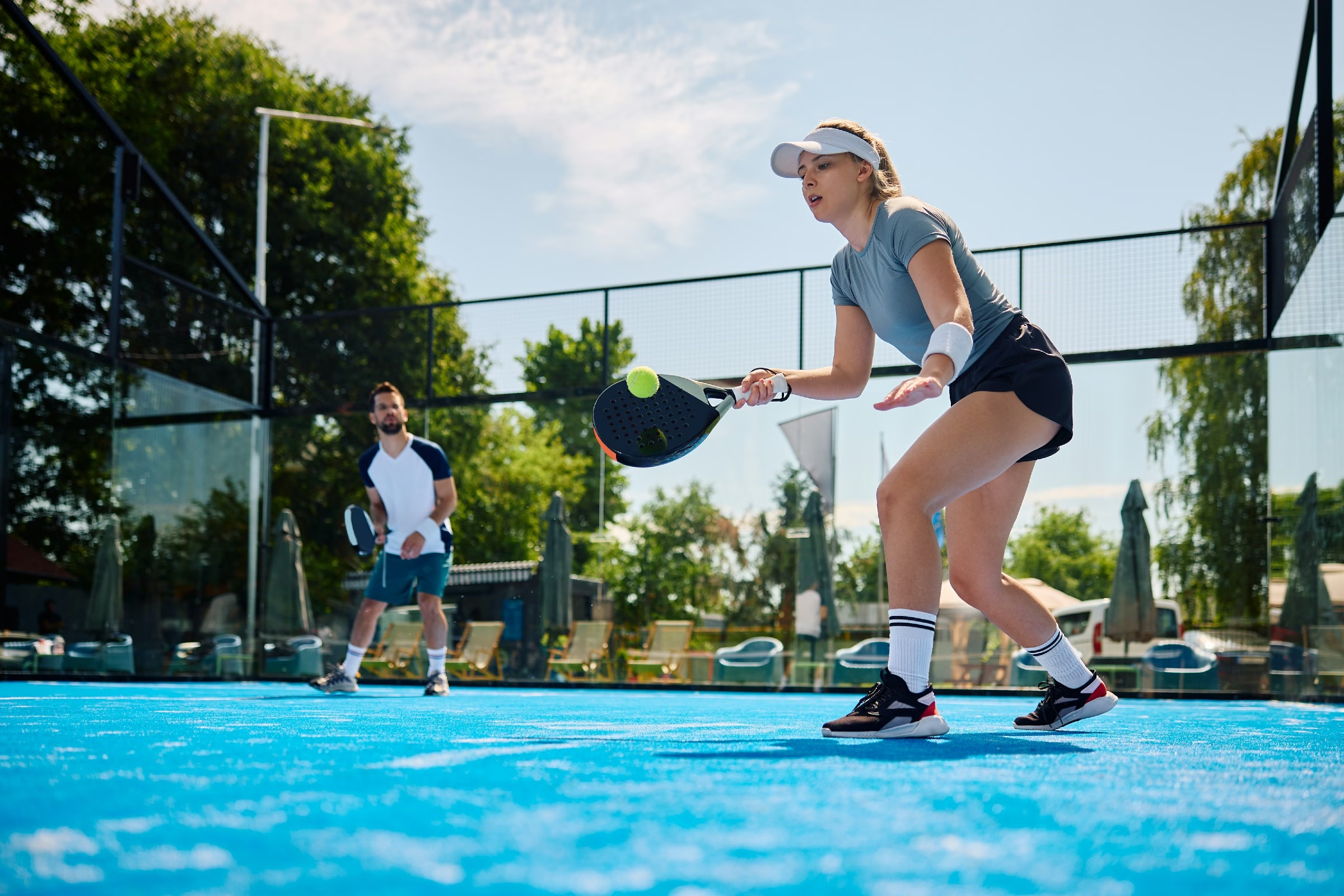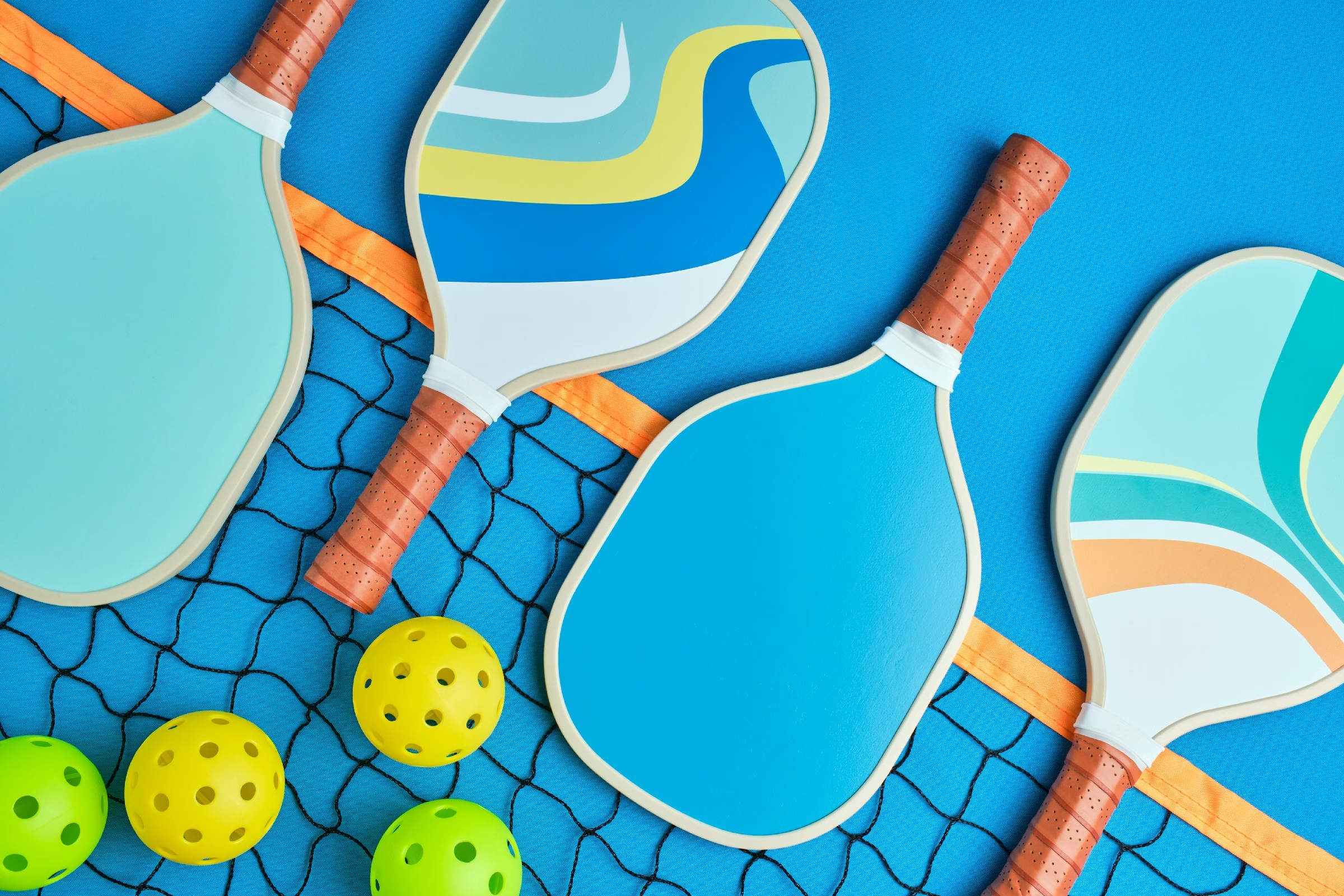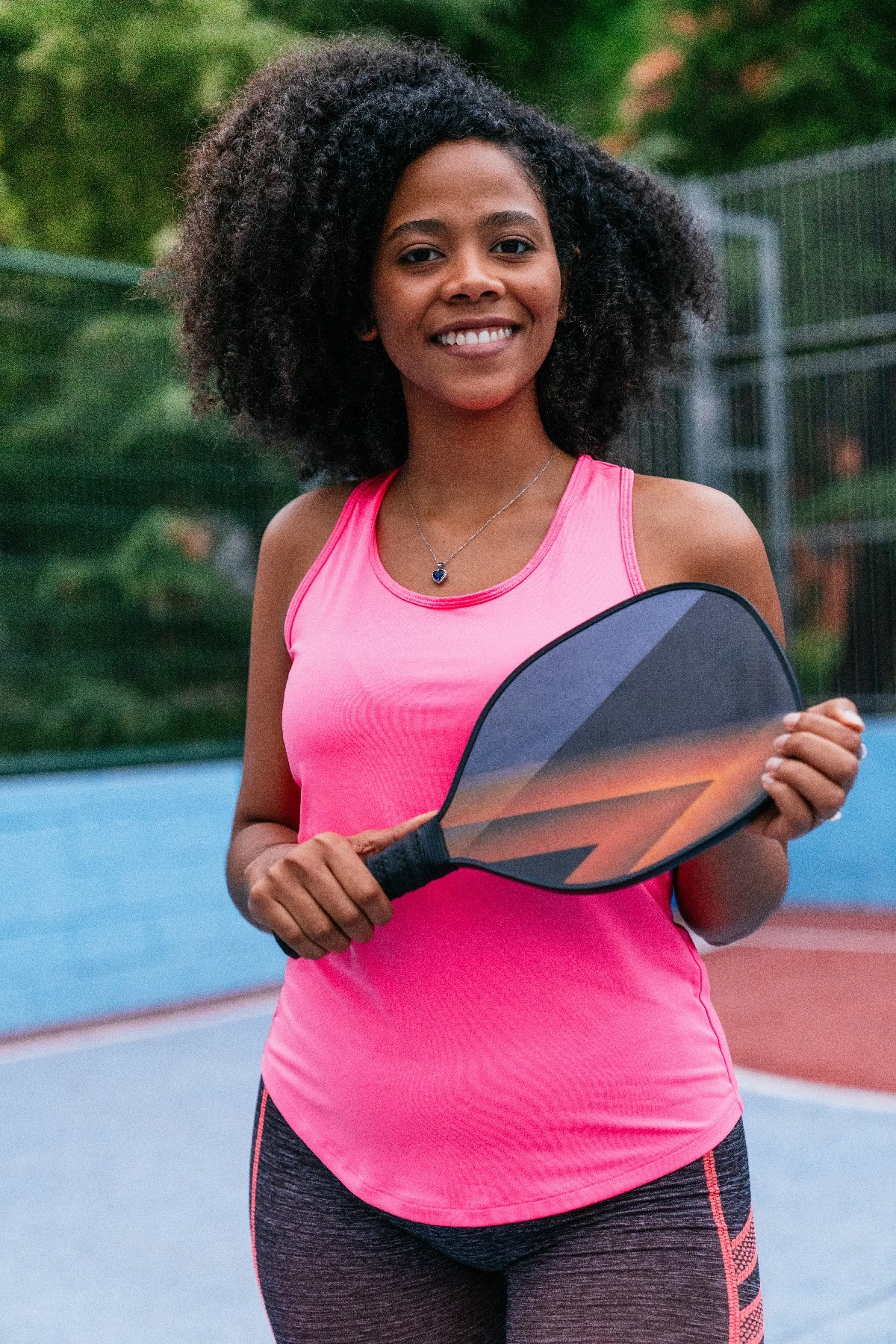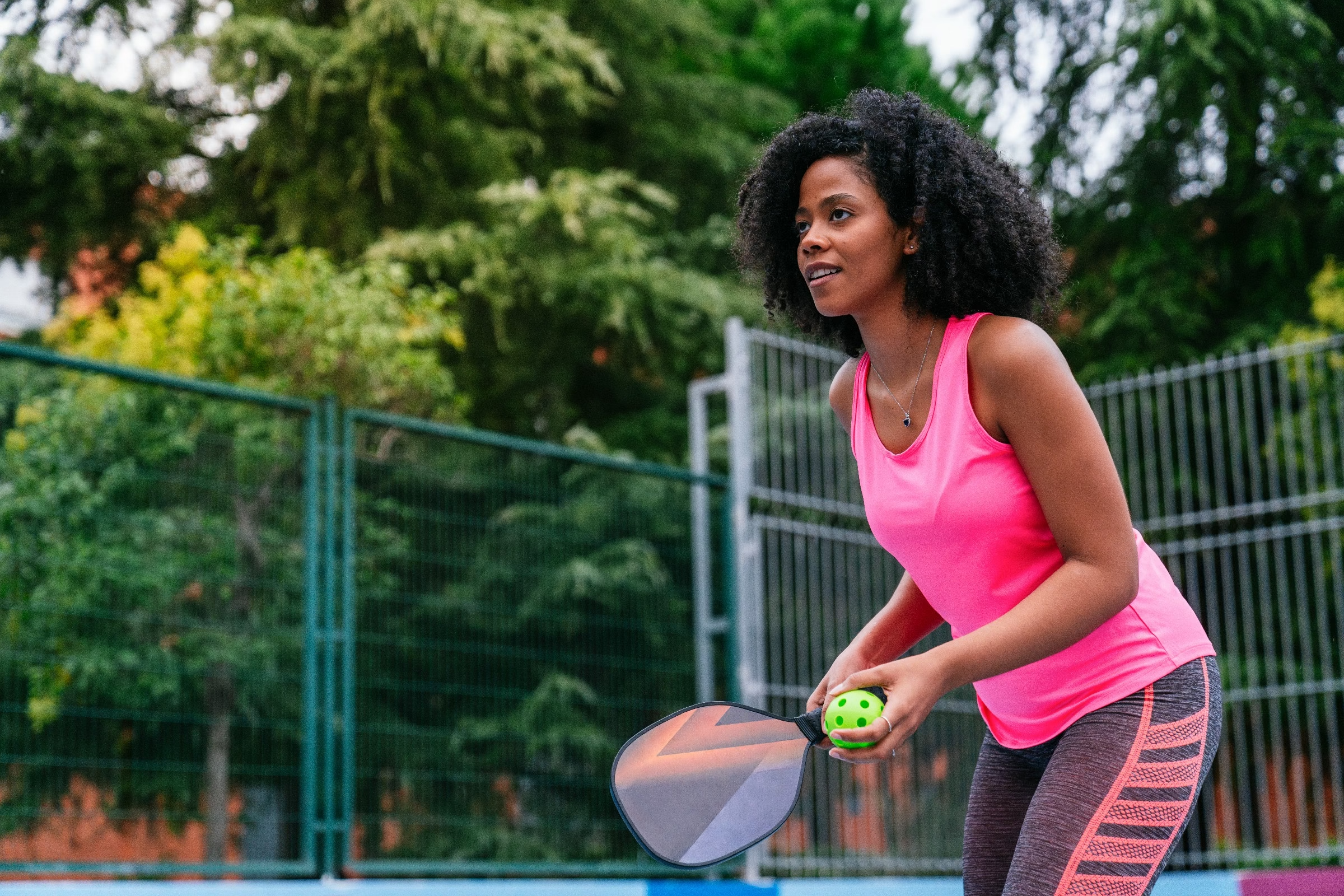Blog
how long is pickleball

How Long is Pickleball? Unraveling the Dimensions of America’s Fastest-Growing Sport
As the sun rises over the courts,the distinctive sound of a paddle meeting a wiffle ball echoes through parks and recreation centers,drawing players of all ages to the thrilling game of pickleball. This hybrid sport, blending elements of tennis, badminton, and ping-pong, has captured the hearts of many with its accessible nature and fast-paced play. But amidst the excitement and friendly competition lies an significant question: just how long is pickleball? In this exploration, we will delve into the dimensions that define the game, from the court size to the duration of matches, providing you with a comprehensive understanding of what makes this sport not onyl a favorite pastime but also a captivating experience on and off the court. Join us as we uncover the metrics behind the madness and discover what it truly means to play pickleball.
Table of Contents
- Understanding the Dimensions of a Pickleball Court
- Exploring the Ideal Court Length for Different Play Levels
- Assessing the Impact of Court Size on Game Strategy
- Recommendations for Space Requirements in Recreational Settings
- Adapting pickleball for Varied Environments and Facilities
- Tips for Measuring and Setting Up Your Own Pickleball Court
- Q&A
- To Wrap It Up
Understanding the Dimensions of a Pickleball Court
To truly grasp the dynamics of pickleball, one must first familiarize themselves with the dimensions of the court. A standard pickleball court measures 20 feet wide by 44 feet long, which is identical to that of a badminton court, making it relatively compact yet efficient for fast-paced gameplay. The lines of the court are crucial as they dictate the boundaries, and adherence to these dimensions ensures that players operate within the correct parameters for both singles and doubles play.
The non-volley zone, frequently enough referred to as the “kitchen,” is a significant feature of the court, measuring 7 feet from the net on both sides. Players must avoid stepping into this area when hitting a volley unless the ball has bounced first, establishing a distinctive strategy that separates pickleball from other racquet sports. Understanding this zone is essential for developing effective gameplay tactics, as it influences positioning and shot selection during matches.
Below is a table summarizing the key dimensions relevant to a pickleball court:
| Dimension | Measurement |
|---|---|
| Court Width | 20 feet |
| Court Length | 44 feet |
| Net height | 36 inches (center) |
| Non-Volley Zone Depth | 7 feet |
By understanding the specific measurements of a pickleball court,players can improve their spatial awareness and optimize their performance during games. Each line and zone plays a vital role in setting up potential strategies and establishing boundaries that enhance the competitive aspect of the sport.Engaging with these dimensions not only deepens one’s gratitude for pickleball but also equips players with the knowledge necessary for honing their skills on the court.
Exploring the Ideal Court Length for Different play Levels
Understanding the dimensions of a pickleball court is essential for players of all skill levels. While the official court size for tournament play is 20 feet wide by 44 feet long, it’s crucial to consider how different lengths can accommodate varying play styles and skill levels.For beginners,a slightly smaller court can be beneficial as it reduces the physical demands of the game,allowing players to focus on mastering basic shots and strategies without overwhelming them with long distances.
As players advance in their skills,transitioning to a standard-sized court can enhance their game experience. The regulation court size encourages greater mobility and strategic play. This transition phase can be pivotal, as it helps athletes develop endurance and the ability to respond effectively to their opponents’ movements. Though, players at this level may benefit from additional line markers that signify areas such as the non-volley zone, giving them a visual aid to anticipate plays better.
Ultimately, when designing court layouts for different play levels, consider these factors:
- Skill Level: The court size should match the player’s experience to facilitate learning.
- Physical Fitness: Beginners may require smaller courts to reduce fatigue and increase playtime.
- Game Dynamics: Standard regulation courts promote competitive dynamics and strategy.
Assessing the Impact of Court Size on Game Strategy
In the dynamic world of pickleball, the court size significantly influences player strategy and game dynamics. The game typically unfolds on a court measuring 20 feet wide and 44 feet long for doubles matches. This compact size fosters rapid exchanges, encouraging players to rely on swift reflexes and strategic placement over sheer power. As players adapt to the shorter distances between them, they must fine-tune their positioning and shot selection to gain the upper hand.
Key Strategies Influenced by Court Size:
- Net Play: Players are prompted to employ aggressive net play, taking advantage of the close proximity to their opponents.
- Dinking Techniques: The importance of soft shots and careful placement increases, making dinking a vital aspect of strategy.
- Angle Shots: Angling shots becomes essential; players learn to create openings and exploit weaknesses without needing extensive overhead power.
The impact of court dimensions is also evident in the transition between singles and doubles play. In singles matches, the court remains the same size but requires players to cover more ground individually, leading to varied strategies. A concise comparison is illustrated in the table below:
| Aspect | Doubles play | Singles Play |
|---|---|---|
| Player Positioning | Side by side; emphasizes teamwork. | Solo coverage; more ground to cover. |
| Shot Variety | Focused on volleys and strategic placements. | Increased reliance on power and mobility. |
| Tactical Focus | Communication and support between partners. | Adaptation to fluid movement and strategy shifts. |
Recommendations for Space requirements in Recreational Settings
When designing recreational spaces for activities such as pickleball, careful consideration of space requirements is essential to ensure both functionality and user enjoyment. Pickleball courts can be laid out in various configurations; however, the standard dimensions for a single court are 20 feet wide by 44 feet long. Given the popularity of doubles play, it is advisable to allow extra space around the court for movement, ensuring players have ample room to maneuver without interference from surrounding activities.
Along with the court dimensions, incorporating suitable areas for viewing and relaxation can enhance the overall recreational experience. Here are some key factors to consider:
- Court Buffer Zones: A minimum of 10 feet of buffer space on the sides and back of the court is recommended.
- Seating Arrangements: Designate areas for spectators and players to rest, which coudl include benches or picnic tables.
- Accessibility: Ensure that pathways and entrances comply with accessibility standards to accommodate all participants.
while pickleball can be played indoors or outdoors, environments that foster community interaction and allow for multi-use setups are ideal. Below is a simple table summarizing potential recreational settings for pickleball:
| Setting Type | Key features |
|---|---|
| Outdoor Courts | Natural Lighting, Open Air, Spectator Areas |
| Indoor Gyms | Controlled Climate, Multi-Sport Usage, Spectator Seating |
| Community Parks | Multi-Use Spaces, Picnic Areas, Playground Proximity |
Adapting Pickleball for Varied Environments and Facilities
Adapting pickleball for different environments not only increases accessibility but also enhances the overall experience for players. There are several key considerations when creating pickleball facilities in varied settings:
- Surface Type: Whether it is a gymnasium, outdoor court, or even a temporary setup on grass, the playing surface can significantly affect gameplay. Indoor courts often use wood or synthetic materials,while outdoor courts may utilize asphalt or concrete.
- Court Dimensions: depending on available space, courts may need to be modified. As an example, smaller courts can be marked for recreational play, accommodating varying skill levels. Standard court sizes can be adapted for multi-use, such as placing them side by side in larger areas.
- Equipment Availability: In ensuring a smooth experience,consider the availability of nets,paddles,and balls for players. Creating a centralized equipment rental or storage area can facilitate easy access for participants of all ages.
Lighting and weather conditions also play a critical role in creating optimal playing environments. indoor facilities should ensure adequate lighting,while outdoor courts may require attention to sun exposure and wind direction. Here are a few considerations to enhance playability:
- Weather Adaptability: Building covered play areas can protect against rain or excessive sun. Adaptable equipment, such as portable nets, allows for versatile setups.
- Lighting Solutions: LED lights can be installed for evening play, ensuring well-lit conditions without glare for players.
- Temperature Control: In warmer climates, shaded areas or misting systems can be beneficial, making outdoor play more cozy.
To visualize the adaptability of pickleball programs, a comparison of traditional vs. adapted facilities can be impactful:
| Facility Type | Traditional Features | Adapted Features |
|---|---|---|
| Indoor Gym | Hardwood floor, fixed net | Portable nets, varied court marking |
| Outdoor Court | Concrete surfaces, permanent nets | Multi-use surfaces, adjustable net heights |
| Community park | Grass or dirt play areas | Temporary courts with portable equipment |
Tips for Measuring and Setting Up Your Own Pickleball Court
Creating your own pickleball court begins with understanding the dimensions and layout requirements.A standard pickleball court measures 20 feet wide by 44 feet long for both singles and doubles play. Though, when planning your own space, consider including extra room beyond the court lines to accommodate player movement and safety. ideally, aim for an overall area of at least 30 feet by 60 feet to allow for comfortable gameplay. Additionally, ensure the playing surface is flat and free of debris to prevent injury and enhance playability.
When measuring out the court, use these guidelines for proper setup:
- Mark out the service areas that extend 7 feet from the net toward the baseline on either side of the court.
- Designate the non-volley zone (frequently enough referred to as the “kitchen”), which should be 7 feet from the net on both sides.
- Be sure to include a net height of 36 inches at the ends and 34 inches at the center to maintain standard gameplay.
To visualize your court layout effectively,consider creating a simple table that includes the key measurements you’ll need to keep in mind:
| Area | Measurement |
|---|---|
| Overall Court Size | 20 ft x 44 ft |
| Service Area Width | 10 ft |
| Non-Volley zone (Kitchen) | 7 ft |
| Net Height (Ends) | 36 in |
| Net Height (Center) | 34 in |
Q&A
Q&A: Understanding the Dimensions of Pickleball
Q: How long is a standard pickleball court?
A: A standard pickleball court is 44 feet long for both singles and doubles play. the court is divided into two equal halves by a net,making it an arena that invites both competition and camaraderie.
Q: What about the width of the court?
A: The total width of a pickleball court measures 20 feet. This measurement allows for plenty of space for players to maneuver, ensuring dynamic gameplay that blends agility and strategy.
Q: Is the court size different for recreational play?
A: While the official dimensions are set at 44 feet by 20 feet, some recreational setups may vary slightly, especially in non-regulation environments. However, for tournament play and standardization, sticking to these dimensions is recommended.
Q: What are the dimensions of the pickleball net?
A: The net spans 22 feet in width and stands 36 inches high at the sidelines and 34 inches high at the center. This height is designed to challenge players without making the game too tough.
Q: What is the size of the pickleball itself?
A: A pickleball measures approximately 2.874 inches in diameter and weighs between 0.78 and 0.935 ounces.Its light weight and plastic design contribute to the distinctive bounce and playability that defines this beloved sport.
Q: How does the size of a pickleball court compare to other sports?
A: To put it in outlook, a pickleball court is roughly one-third the size of a tennis court (which measures 78 feet long and 27 feet wide for singles). This smaller size makes pickleball accessible to players of all ages and skill levels, fostering a more intimate and engaging game.
Q: Why are the dimensions of the court importent?
A: The dimensions of the pickleball court are not just numbers; they create a balance between offense and defense. The rectangular shape and specified lengths encourage quick reflexes and strategic positioning, key components in the delightful dance of pickleball.
Q: Can the dimensions change depending on the setting?
A: In informal settings or modified games, dimensions can be adjusted to fit available space. However, for official competitions and organized play, adhering to the established dimensions is crucial to maintain the integrity of the game.
understanding the dimensions of a pickleball court is key to appreciating the nuances of the sport. Whether you’re a seasoned player or a curious novice, knowing these details enhances your engagement and enjoyment of the game!
To Wrap It Up
the question of ”how long is pickleball” extends beyond mere measurements of court dimensions or game durations. It encapsulates the essence of a sport that has grown into a cherished activity for players of all ages and skill levels. Whether you’re playing a quick casual match or engaging in a competitive tournament, the experience encompasses moments of camaraderie, strategy, and personal challenge. As you take to the court,remember that the true length of pickleball is measured not just in feet or minutes but in the joy and connection it fosters among players. So grab your paddle, embrace the motion, and let the game unfold—after all, in pickleball, the journey is just as important as the finish line.


